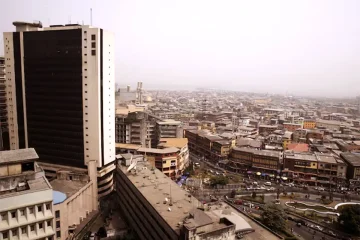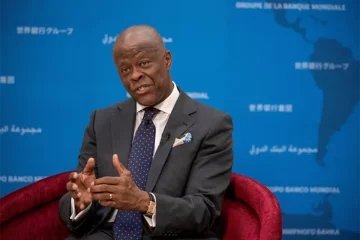SOUTH Africa’s first virtual electricity transfer model is likely to go live by the end of next year, a top government official said, a move that could rapidly ramp up renewable power consumption and reduce the burden on ailing state utility Eskom.
Eskom’s ageing plants and struggling transmission grid have forced it to implement record daily power cuts since last year – sometimes for up to 10 hours a day – to prevent a grid collapse.
The utility in August signed an agreement with Vodacom, the African telecoms arm of Vodafone, to introduce an electricity transfer model known as virtual wheeling, which will allow a consumer to buy renewable power from any producer anywhere in the country.
This is expected to make power from large renewable producers available to smaller users such as standalone buildings, housing societies and factories.
“What we’re trying to resolve really is to ensure that we protect the South African economy from total collapse,” Minister of Electricity Kgosientsho Ramokgopa said during a conference.
Eskom and Vodacom are working on the model and it will be operational by the end of 2024, said Onicah Rantwane, a distribution network analyst at Eskom.
Traditional wheeling – the delivery of energy from a private renewable energy generator to a buyer through Eskom’s grid – typically involves a one-to-one relationship between big buyers and sellers.
Virtual wheeling connects multiple buyers with sellers through a technology platform that aggregates supply and consumption data to produce a single bill for consumers.
Vodacom’s South Africa Chief Executive Sitho Mdlalose told Reuters this would help it to run its 15,000 network sites on renewable power. That could be a major relief in a sector where Eskom’s patchy power supply has forced operators to spend billions on diesel generators and battery backups.














